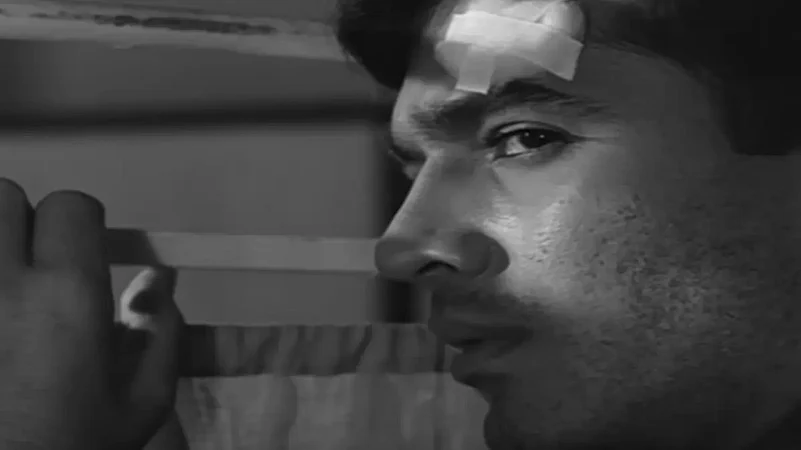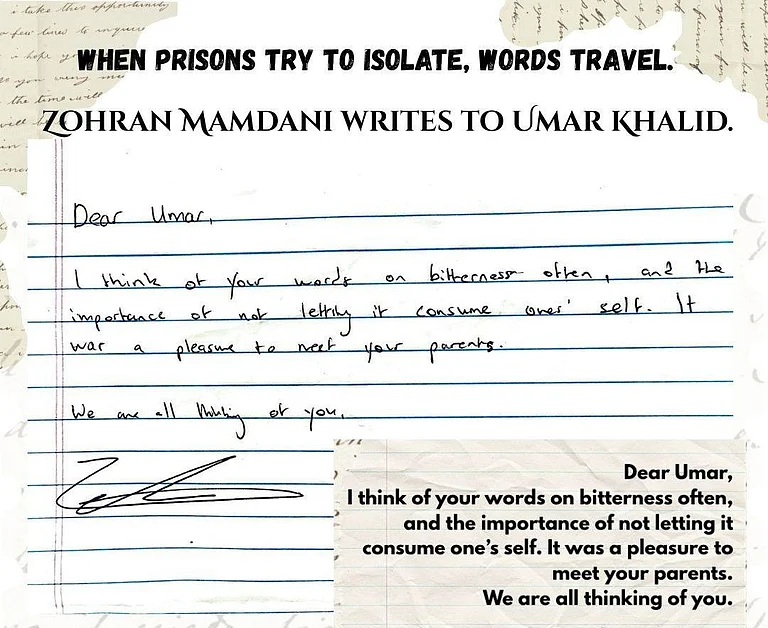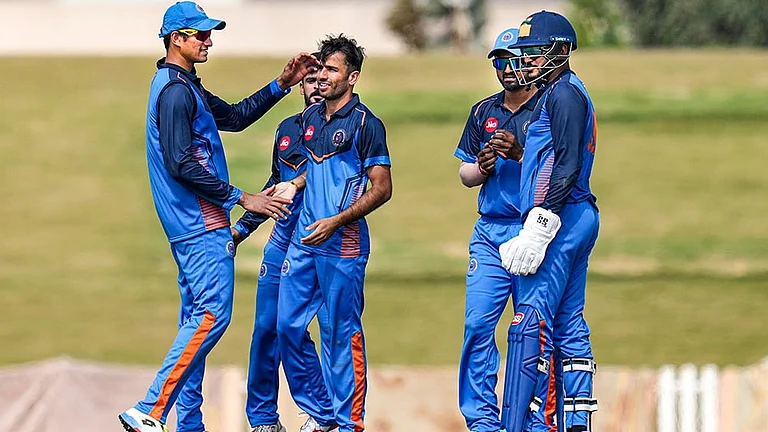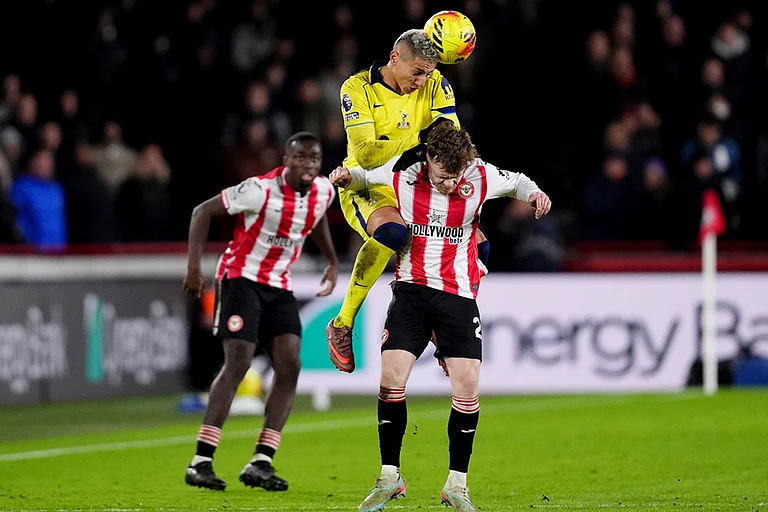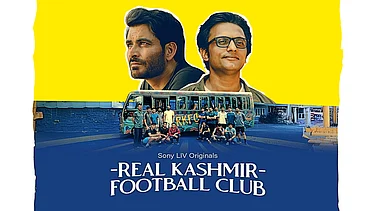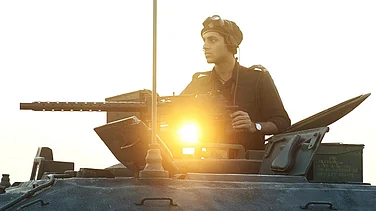In a majority of Bollywood films, a person is either totally mad or perfectly sane. The ‘paagal’ person is the stereotypical asylum inmate who tears clothes, often wears a shaggy beard, laughs like a hyena, starts crying without reason and barks at the Moon. Unfortunately, some of these traits have also been used as comedy tropes. There were a few plots though that portrayed mental health issues implicitly or explicitly and delved into the reasons for the conditions.
In ‘Khamoshi’ (1970), handsome poet/writer Arun (Rajesh Khanna), on getting dumped and humiliated by the opportunistic Sulekha, recedes into acute mania that includes violent outbursts against the nurses in the mental hospital. Arun hallucinates about taking revenge against Sulekha by ordering her to undress. This delusory victory of seeing Sulekha naked gives him a few moments of escape from his pain. But the cure will need expert handling. Deception, like rejection, is another trigger for trauma.
In ‘Pagal’ (1940), Dr Vasant (Prithviraj Kapoor) gets deceived into marrying Chhaya (Khatun) instead of her prettier sister Parvati (Madhuri). In his obsession for Parvati, Vasant injects a drug into Parvati that makes her insane and, with her in that state of madness, sexually assaults her. He himself goes insane later and murders Chhaya. The narrative correctly focused on Dr Vasant’s mental instability which was the root cause of his antagonistic behaviour. ‘Pagal’ was arguably India’s first film around the subject of psychosis.
Bollywood’s stock reason for its characters’ mental health issues has been an agony-filled childhood. As a boy, Anand (Rajesh Khanna) in ‘Red Rose’ (1980) suffered repeated abuse and deceit at the hands of women. He develops a prejudiced hatred for women and becomes a psychopathic misogynist who murders young women after having sex with them.
The mental illness of a character is not always stated explicitly. On the face of it, ‘Baazigar’ (1993) appeared to be a revenge story not unlike the ones in ‘Yaadon ki Baarat’ (1973) or ‘Zanjeer’ (1974). But a closer analysis will show that Ajay (Shah Rukh Khan), consumed by hatred towards Madan Chopra, whose betrayal had killed Ajay’s father and sister, had become psychologically imbalanced. And thus, we observe freaky traits like eating the photograph instead of burning it that could link him to Seema’s (Madan Chopra’s daughter) death whom Ajay had killed with great relish. And this was the other difference. Ajay murders three innocent people in his revenge journey whereas the revenge-seeking heroes in ‘Yaadon ki Baarat’ and ‘Zanjeer’ never harmed the innocents. This is why we would term Ajay a psychopath — one who knows he is doing something wrong but nevertheless does it.
The characters discussed thus far are ones who were born good but suffered from a trauma-induced mental illness. But we also observe characters whose mental illness appear to be congenital. Rahul (Shah Rukh Khan) in ‘Darr’ (1993) suffers from multiple disorders including delusion. Apart from believing that his mother is still alive, he is also deluded by his belief that Kiran (Juhi Chawla) loves him. He stalks her incessantly, demonstrating both homicidal and self-destructive tendencies. Likewise, Vijay Agnihotri in ‘Anjaam’ (1994) believed right from childhood that he had a right to ruin anything that his persuasion couldn’t acquire. Shivani’s (Madhuri Dixit) rejection drives him to attempt suicide and turns him into a sadist, and he starts killing animals for fun. Vijay murders Shivani’s husband and later, frames her in an attempted murder case. Among the ladies too, Isha’s (Kajol) confirmed mental instability and anger management issues in ‘Gupt’ (1997) had no specific attributable trigger. Unable to accept the loss of her love Sahil to another woman, she murders Sahil’s father.
By and large, Bollywood scripts have leveraged mental health issues to create sympathy for certain author-backed characters keeping the actor in mind. For example, Rahul in ‘Darr’ was the villain but his backstory creates a puddle of sympathy for this motherless, lonely, sick boy who needed a bit of care and affection — because Rahul was Shah Rukh Khan. Whereas Gabbar Singh’s uncontrollable laughter at three misfired bullets in ‘Sholay’ was perhaps as irrational as that of Arthur Fleck’s (Joaquin Phoenix) repeated fits of laughter in ‘Joker’ (2019). In the latter, Fleck’s documented medical records show that his condition was due to childhood abuse. The script chose to focus only on his antagonistic behavior perhaps because a backstory of a mental health history would generate unintended audience sympathy for the villain character.
Time and again, the psychopathic serial-killer genre has surfaced in Bollywood. Raghav (Danny Denzongpa) in ‘Khoon Khoon’ (1973) was inspired by Scorpio, the San Francisco-based psychopathic serial killer in the neo-noir ‘Dirty Harry’ (1971). ‘Kaun?’ (1999), based on ‘Repulsion’ (1965) was about a young woman (played by Urmila Matondkar) for whom killing was gleeful fun. ‘Raman Raghav 2.0’ (2016) was about a deranged serial killer Ramanna (Nawazuddin Siddiqui) and loosely based on the real-life schizophrenic serial killer Raman Raghav. Amol (Amol Palekar) in ‘Khamosh’ (1985) too belonged to this category but with a difference. He murders Soni (Soni Razdan) who gets pregnant with Amol’s child (and she threatens to expose him). He may have stopped here but then there were three witnesses whom he needed to get rid of. But Amol progressively develops an insensitivity and starts enjoying murdering people. His psychopathic condition was implicit, depicted purely through Palekar’s acting skills.
Here’s a key question. Does a mental condition always need to translate into murderous violence? What about the poet Vijay (Guru Dutt) in ‘Pyaasa’ (1957) or the kite-maker/poet Alam (Raza Murad) in ‘Namak Haraam’ (1973)? Both were disillusioned and acutely depressed. Depression is a mental health issue, but the narrative chose to merely embellish their depressed states with music rather than flesh out the mental health aspect of these characters. Here’s where ‘Rain Man’ (1988) and ‘Joker’ (2019) stand apart for their deep dive into health issues like autism and delusion. ‘My Name is Khan’ (2010) was sincere at portraying autism, but it was a rare instance.
With mental health figuring as a key focus area across the world, Bollywood has a great opportunity for deep research into mental health aspects and weaving innovative plots around those.
(Balaji Vittal is a National Award-winning and MAMI Award-winning author of Bollywood books, a columnist, a Bollywood commentator, and a public speaker. He can be reached on Twitter at @vittalbalaji. His website is www.balajivittal.com. Views expressed are personal.)






